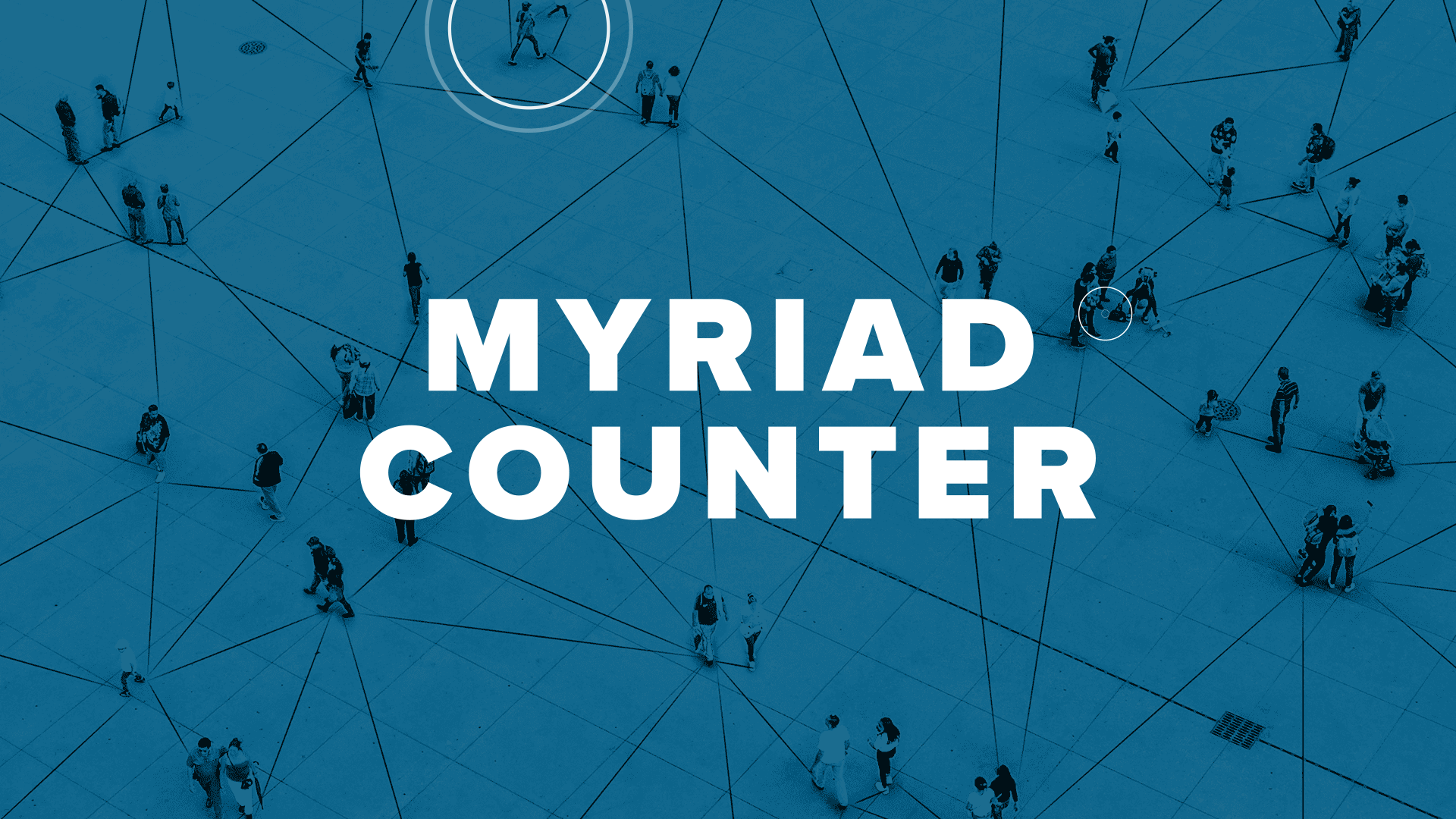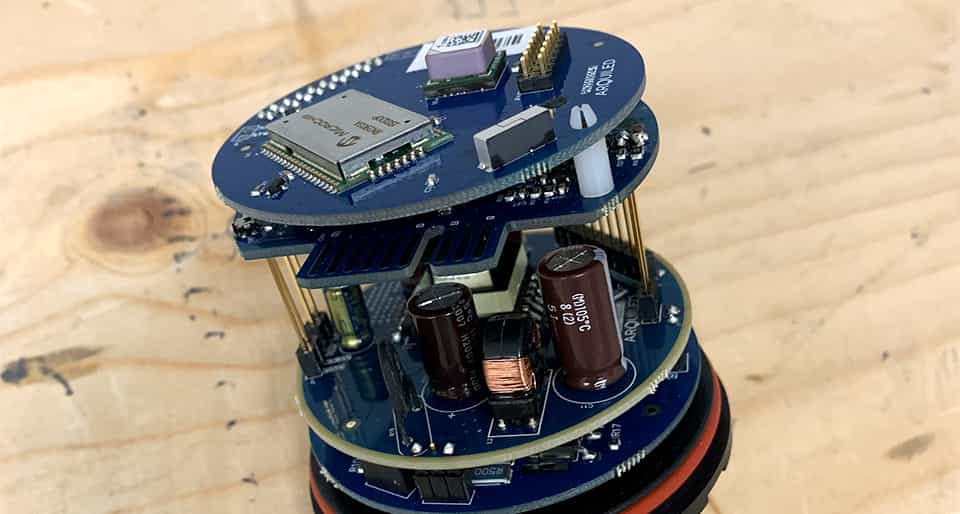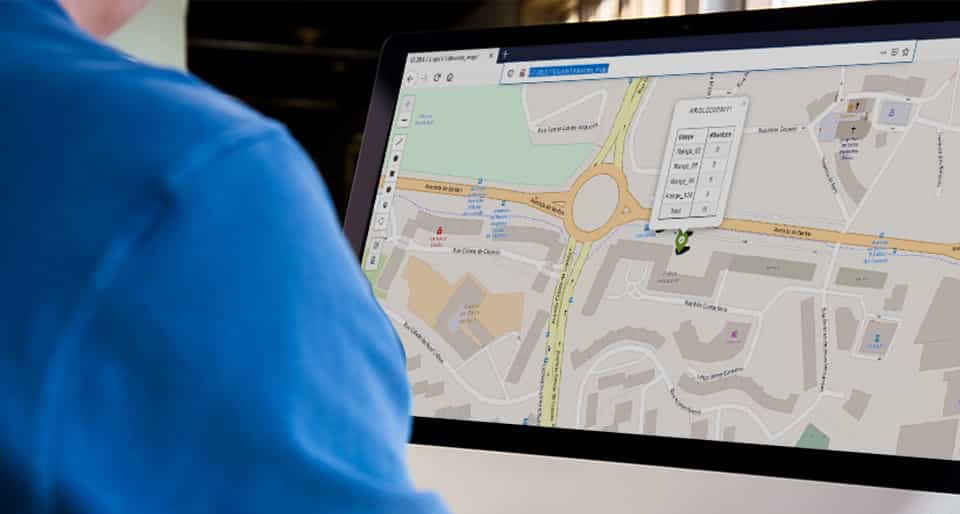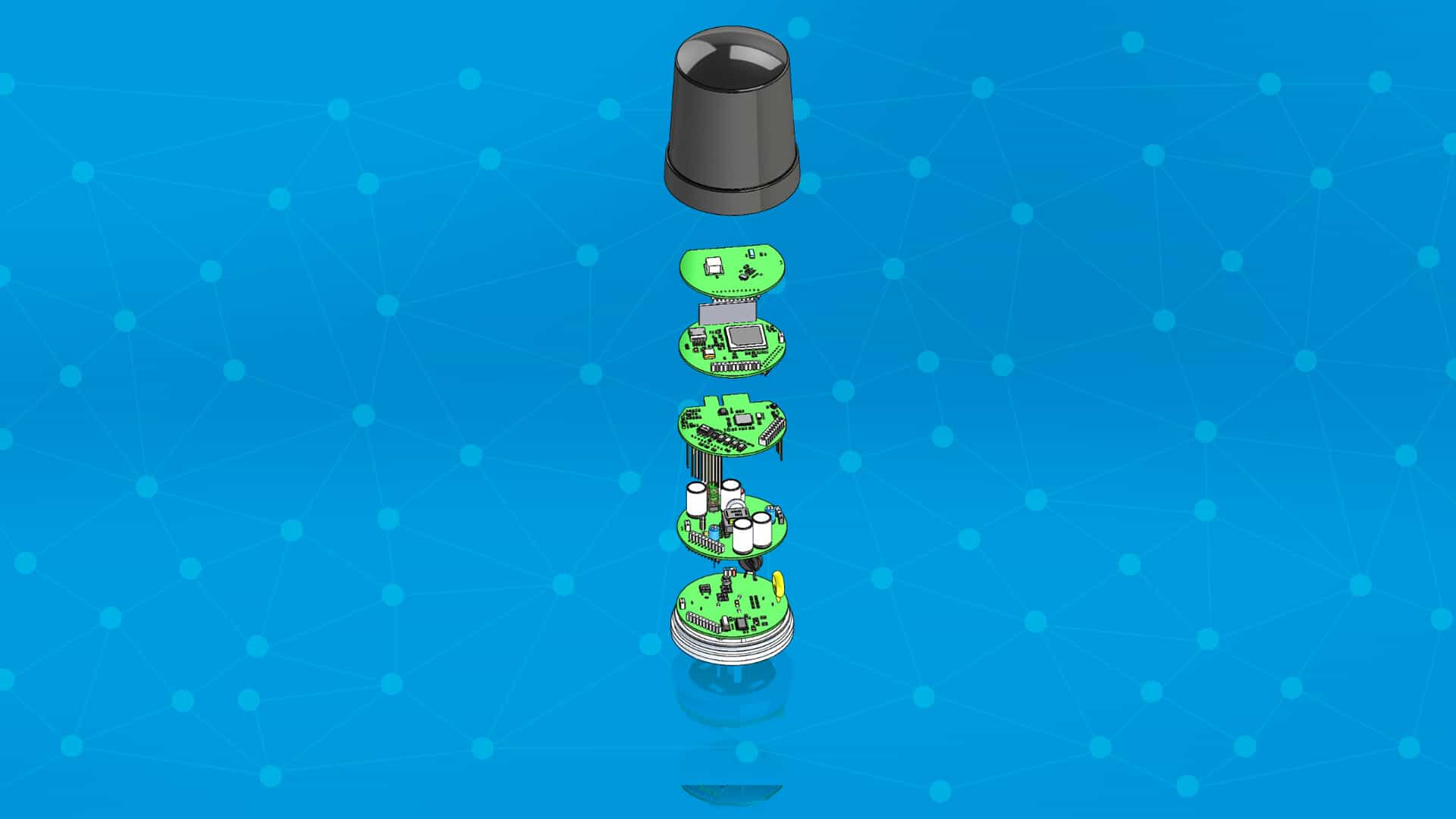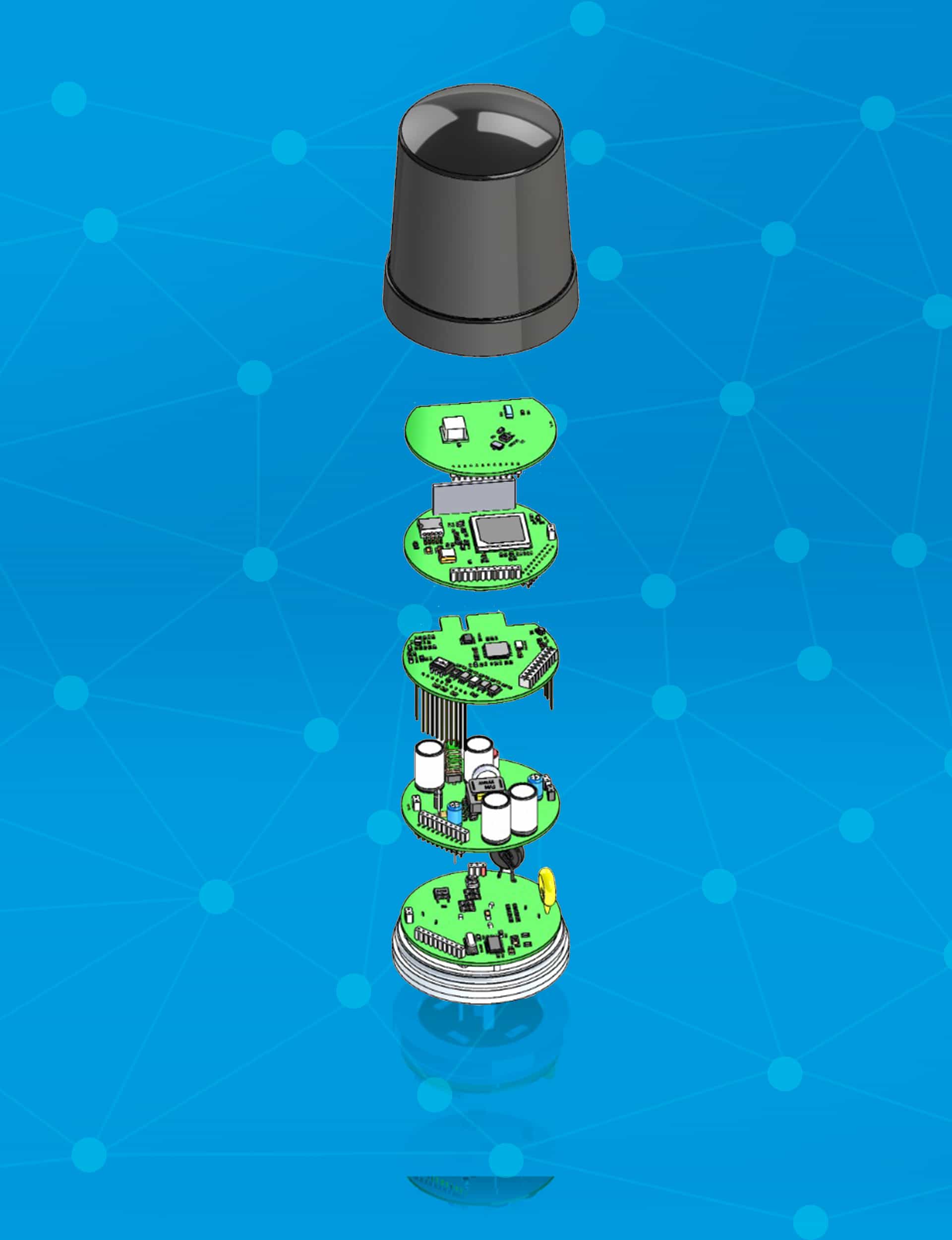Originally developed during the COVID-19 pandemic to address the need for social distancing recommended by health authorities, the MYRIAD Counter has outlived it as a non-intrusive system that enables monitoring flows and patterns of movement, duration, presence and distancing of pedestrian traffic.
The MYRIAD Counter operates through the distribution of a set of WiFi® sensors, which can be installed anywhere with access to electrical power and communications. This sensor network can also be supported by the street lighting infrastructure by attaching the sensors to connected luminaires.


